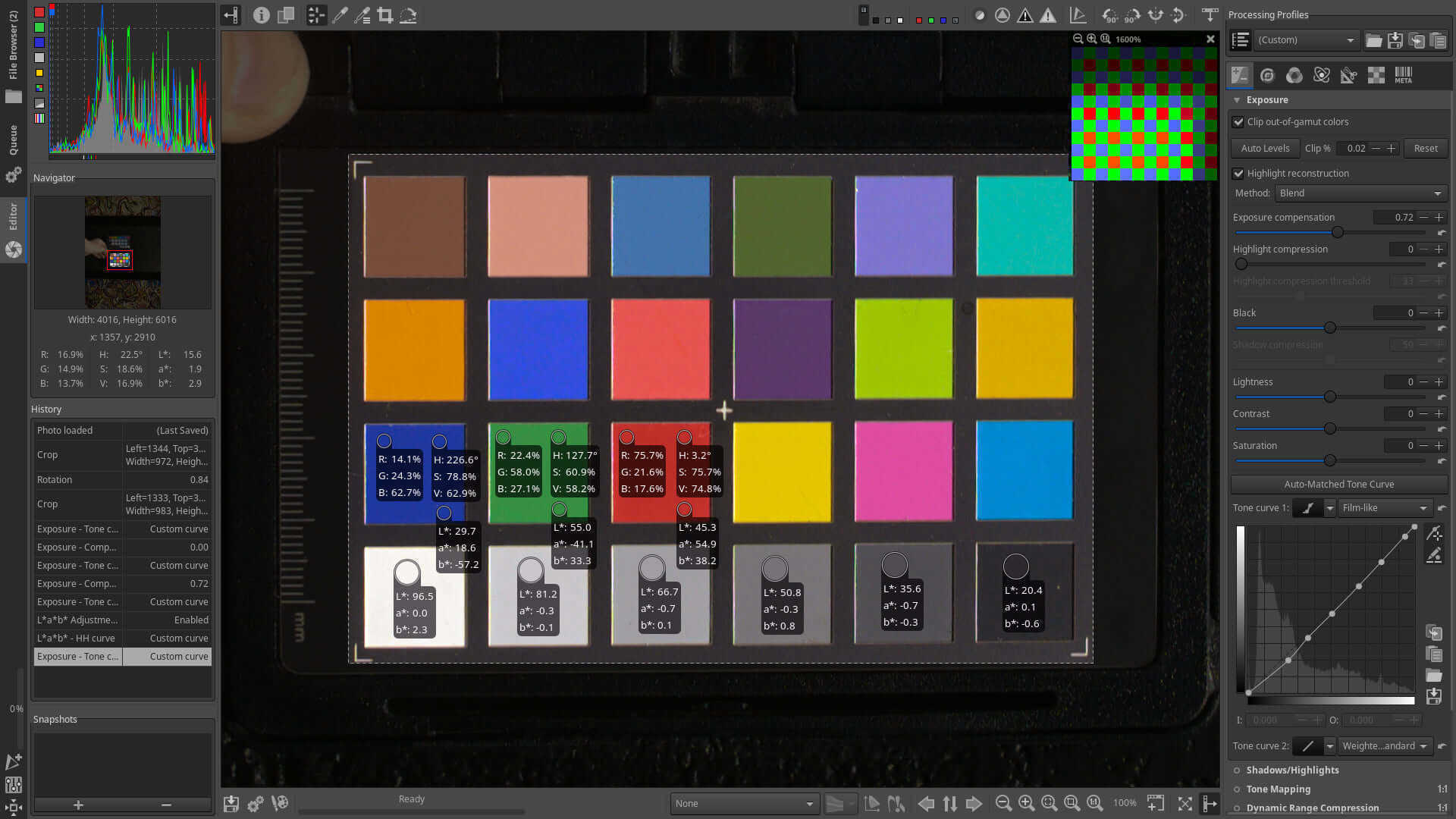

Lanczos scaling is the best quality you'll get without investing in AI upsampling software like Topaz Gigapixel, and at normal viewing distances the quality will be fine. Then save the upsampled photo as a new tiff (or jpeg if that's what your printer demands). Turn off all processing options except resizing, choose Lanczos upsampling, and set the pixel dimensions to 6000x9000 (20"x30" at 300dpi). Save the photo that you want to print as an uncompressed tiff file, then open the tiff in RawTherapee - don't worry, it's capable of working with tiff and jpeg as well as raw. Using the software that you've got available, my preferred option would be the Lanczos upsampling in RawTherapee. Will it matter if I do not upscale the image? Another option is use the Gimp Scale image option to upscale. I guess the viewing distance should be around 3 feet. Good luck!This photo will be part of an exhibition. You may want to print a sample image(of a part of the image) and see if the quality matters at the viewing distance you envision. As others have noted, you'd either have to use an upscaling program or you'd need to shoot a group of images, stitch those in post to create one image.īe that as it may, another thing to be considered is viewing distance: With other words, if you look at your 30x20" print from up close, it will be obvious that it's a 157dpi image, if printed without any AI work done to it, but if your image is likely to be viewed from some distance, then the resolution becomes less important. Luminance only: the tool works in the L*a*b* color space and with this option, only the L* component is enhanced.Very roughly calculated, you're aiming for 300dpi but you'll have about 157dpi using an image straight from the camera.Higher values produce sharper edges and a greater "saw-tooth" effect. Quantity: number of adjacent pixels to be analyzed when deciding what constitutes an edge.In general, 1 or 2 iterations give the best results. With a value set to 2 this problem can already be observed in some cases. A high number produces an overly sharp effect around the edges. Iterations: number of iterations carried out by the algorithm.To get the best results, the following settings are recommended:

However, when straight lines predominate (especially if they are not diagonal), it is a useful method of sharpening, especially if you reduce the size of the image at the end of processing.

This is why you should be careful when applying it to images with curved edges. Also, if the settings are too high, the resulting edges may exhibit Aliasing. This type of sharpening can make the edges look a bit unnatural, as if they had been "cut out". The algorithm is not affected by image noise and does not generate halos. In other words, it sharpens edges that are already sharp, ignoring edges that do not have enough contrast. This tool sharpens any edges that have sufficient contrast for them to be considered an edge. It emphasizes only the edges, and can be combined with Microcontrast to also enhance the texture.īoth algorithms were originally implemented by Manuel Llorens. It does not introduce halos, it can be used on noisy images and it works in the Lab color space. Unlike Unsharp Mask, Edges is a true sharpening algorithm.


 0 kommentar(er)
0 kommentar(er)
